“I hate to dictate to people. I don’t like too many rules,” says Iain Mellis, a cheesemonger of 40 years, with cheese shops bearing his name scattered across Scotland. Mellis has spent his life trying to make artisan cheese more accessible; the last thing he wants is to be so prescriptive that people are put off.
Yet the world of good cheese is already mired in misunderstandings that, at best, detract from its enjoyment and, at worst, result in its ruination. Cheese stored incorrectly is easily marred, while the mistaken beliefs that you need red wine, specialist knives or even a cheeseboard to enjoy it only reinforce cheese’s recherché reputation.
As we enter the season of cheese – and the month during which we will buy (and eat) more cheese than in any other – it is worth debunking some of the more commonly held fictions regarding fromage.
Choosing your cheese
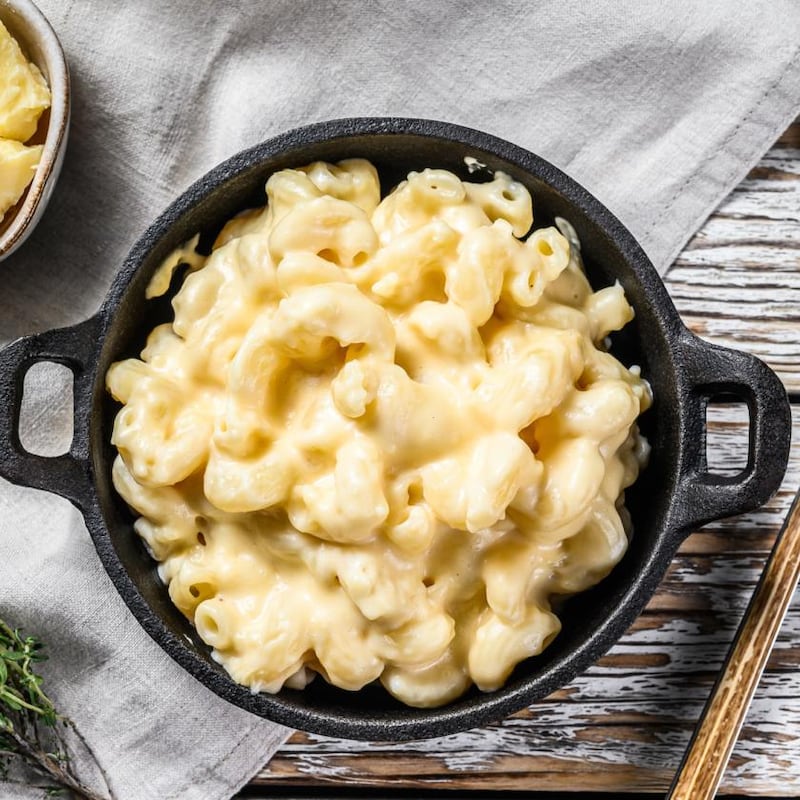
You can cook with cheap cheese
"That is a false economy," says Mellis. "Our cheese might be double the price [of supermarket varieties], but you'll only need half the quantity." If you are using a block of mild cheddar for a macaroni cheese, you will need an awful lot more than you would using, say, Montgomery's cheddar – and you will probably ruin your sauce in the process. "It'll make it oily and more likely to split."
Pre-grated cheese is fine
Grated Parmesan, mozzarella or cheddar, for example, are "a terrible addition to your recipes", says Luca Dusi of the wine and cheese bar Passione Vino in east London. "Once grated, cheese will start oxidising" – meaning it also begins to lose flavour.
The older, the better
The "most pernicious myth of all", according to Dominic Coyte of Borough Cheese Company. "All cheeses have a peak period, during which they are their best, and then they decline. The art of the affineur – a person who ages cheese – is to recognise that peak." A 48-month comté will be far more expensive than a 24-month comté, but less universally liked.
Storing cheeses
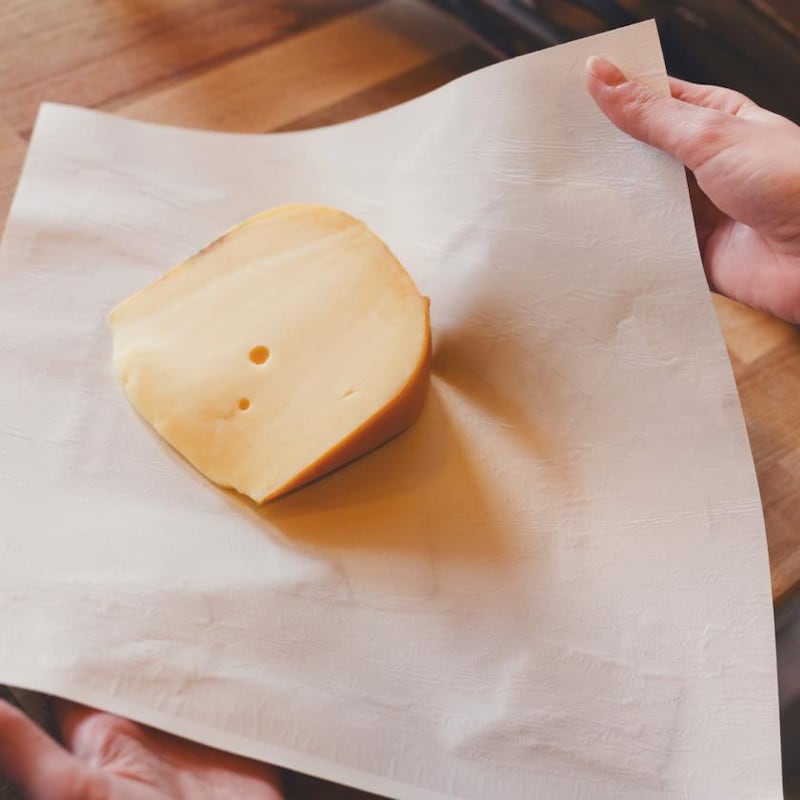
Wrap in clingfilm or keep in an airtight container
"Clingfilm is the worst environment for cheese, because it traps the moisture," says Mellis. The same goes for a plastic container, says Jason Hinds, the director at Neal's Yard Dairy. "It makes it humid and precipitates the growth of white surface mould." This mould is edible – but it will taint the taste and the appearance of the cheese, and is easily avoided by using beeswax wraps (a favourite of Mellis), waxed paper or even baking paper. "Anything that allows you to wrap it entirely and snugly; not so tight that the cheese can't breathe, but not so loose the cheese dries out."
You can store it in the fridge door (the space often marked "dairy")
"The fridge is an exceptionally dry environment – and the door is particularly dry," says Hinds. Ideally, you should avoid the fridge entirely and go for a cellar or larder, says Mellis – but not everyone has that option. If a fridge is your most hygienic choice, Hinds recommends the salad drawer. "It's cool enough to stop the cheese from moulding up, but it's separated from the rest of the fridge and is gently humid, so the cheese won't dry out."
If it goes mouldy, it's bad
Cheese – good cheese – is a living product. If given a chance, it will develop mould – but that mould is rarely, if ever, bad for you. "Like the rind, it will penetrate in a tiny way and may change the taste of the cheese very slightly," says Mellis, "but it's not dangerous." Indeed, a streak of blue mould in a hard cheese like a cheddar is considered a good thing, adding complexity and depth. White mould should be cut off, says Hinds, simply because it will taint the flavour. Likewise brown and grey moulds are also best sliced off, but for taste reasons rather than health.
How to serve
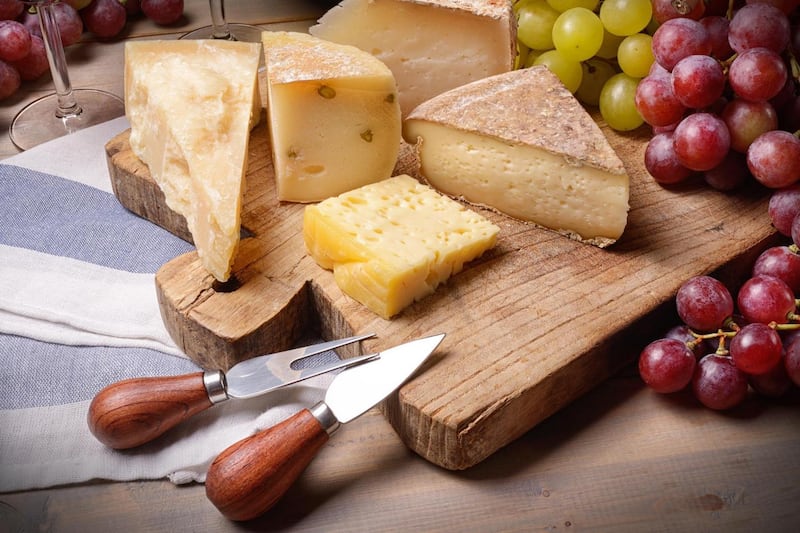
The temperature of your room is "room temperature"
"The biggest mistake you can make is eating cheese straight from the fridge," says Em Brightman, the head chef at Angela Hartnett's London restaurant Murano – but it is also worth remembering that "room temperature" in cheese terms "means 14 to 18 degrees. If the room is hotter than that, then that's not desirable, either. You don't want the cheese to be glistening," she says. Keep cheese somewhere out of the way of a heat source "until it is lukewarm to the touch and the texture slightly yielding".
You need specialist cheese knives…
"I have a couple of cheese knives, but I don't put them out," says Mellis. "I tend to serve cheese with paring knives, which are sharp and small." The most important thing is that the knife is thin. The wider the blade, the more you'll break up the cheese. That doesn't mean splashing out on specialist – and often overpriced – equipment, adds Hinds. "The kind of knives you use for prepping fruit and vegetables are usually thin enough."
…and a cheeseboard
While lovely to look at, they can leave cheese at the mercy of guests, who might not appreciate the nuances of cutting cheeses or the order in which to eat them. "Be sure to eat your way from the mildest cheese to the strongest in flavour," advises Brightman. "I prefer to serve individual plates of cheese, with five or six servings of a similar size and with the rind," says Hinds.
How to eat
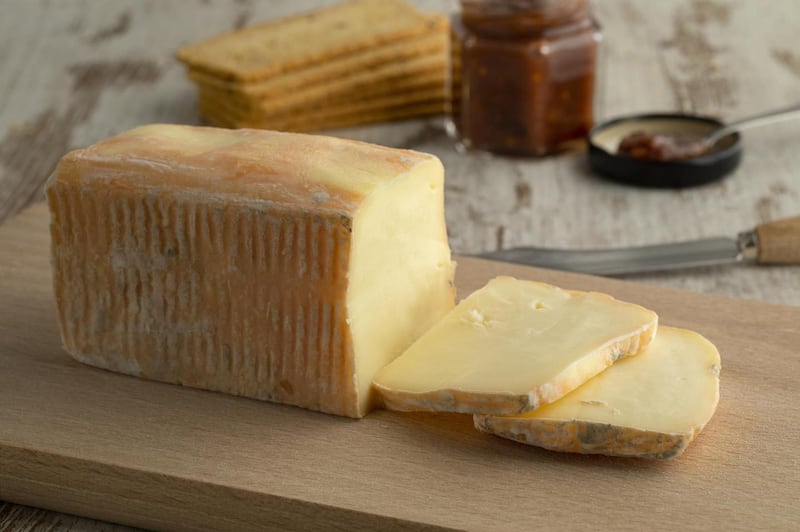
Rinds are inedible
With the obvious exception of rinds that are made of cloth, wax or plastic, most rinds are edible – even on hard cheeses. "It has its own flavour, and sometimes the best flavours, as the result of mould ripening," says Hinds. "One of the cheeses I love the most is taleggio, a soft, creamy, pungent cheese," Dusi tells me. "I hate seeing people removing, with difficulty, the crust, which adds to the final taste."
Red wine is the best pairing…
"The truth is, the tannins in red wine can seriously clash with many cheeses," says Alan Watson, the head cheesemonger at Funk in London. "I would recommend searching for more sparkling whites and even orange wines." The natural acidity of white wine is perfect for fresh and crumbly cheese – "even blue cheeses, with their sharp, threaded veins, work well with white wines", argues Patricia Michaelson, the founder of La Fromagerie, "Chardonnay, with its buttery richness, is perfect with hard cheeses such as gruyère and Lincolnshire Poacher."
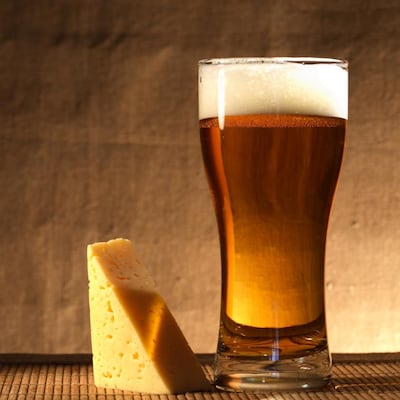
…but beer is a no-go
"Beer and cheese were born to go together and share a lot of history," says Jonny Garrett, the founder of the Craft Beer Channel and the author of A Year in Beer. "For centuries, they were made using local ingredients by women at home. The fact they have always shared the table means they have similar or complementary flavours." What's more, he says, "there is such a wide variety of beer styles that there is always somewhere to turn. Classic best bitters are wonderful with lancashires; krieks and frambois add fruitiness to soft goat's cheese; and imperial stouts and barley wines are revelatory with blues."
A question of digestion
Cheese gives you nightmares
Chances are you will have cheese quite late at night at this time of year – and it is eating (and drinking) late that results in poor-quality sleep, which in turn makes you more likely to remember your dreams, rather than an inherent property of cheese. Michaelson advises avoiding fizzy drinks, tea and coffee, which don't complement cheese from the perspective of your palate or your digestive system. "If you don't want wine, have apple or grape juice."
You can't eat any cheese if you are lactose intolerant
On the contrary, one of the reasons humans developed cheese in the first place was in order to digest the milk of ruminants, argues Ned Palmer, the author of A Cheesemonger's History of the British Isles and A Cheesemonger's Compendium of British and Irish Cheese. During the cheesemaking process, bacteria convert the lactose in the milk into lactic acid, which those with lactose intolerance can tolerate. "There are people who are allergic to cow's milk cheese, but that's to do with the type of protein it contains, not the lactose," he says. Hard, aged cheeses are your best bet if you are lactose intolerant, as the fresher the cheese, the higher the lactose – although there is still precious little that remains.
Making the cut

Just slice any way you like
No. While you don't need a set of designated cheese knives, you do need an array of sharp knives, in order to avoid getting blue cheese on other cheeses or vice versa. The biggest faux pas in fromage is cutting the nose off a cheese, rather than slicing it lengthways – not for reasons of etiquette, but because "the cheese tastes differently from the centre to the outside," says Hinds. "If you cut the nose off the cheese, not only have you brutalised the look, but you're denying yourself or your guests the opportunity to taste through a range of profiles: from the centre, where it's brighter and more acidic, to the outside, where you get more savoury flavours." The thinner the slice, the better, says Watson, because it means more oxygen. "This excess oxygen will really bring out the flavour profile of the cheese – similar to taking air in when drinking wine." If you are a big consumer of cheese, it might be worth investing in a cheese wire, which will get you the finest cut. – Guardian










